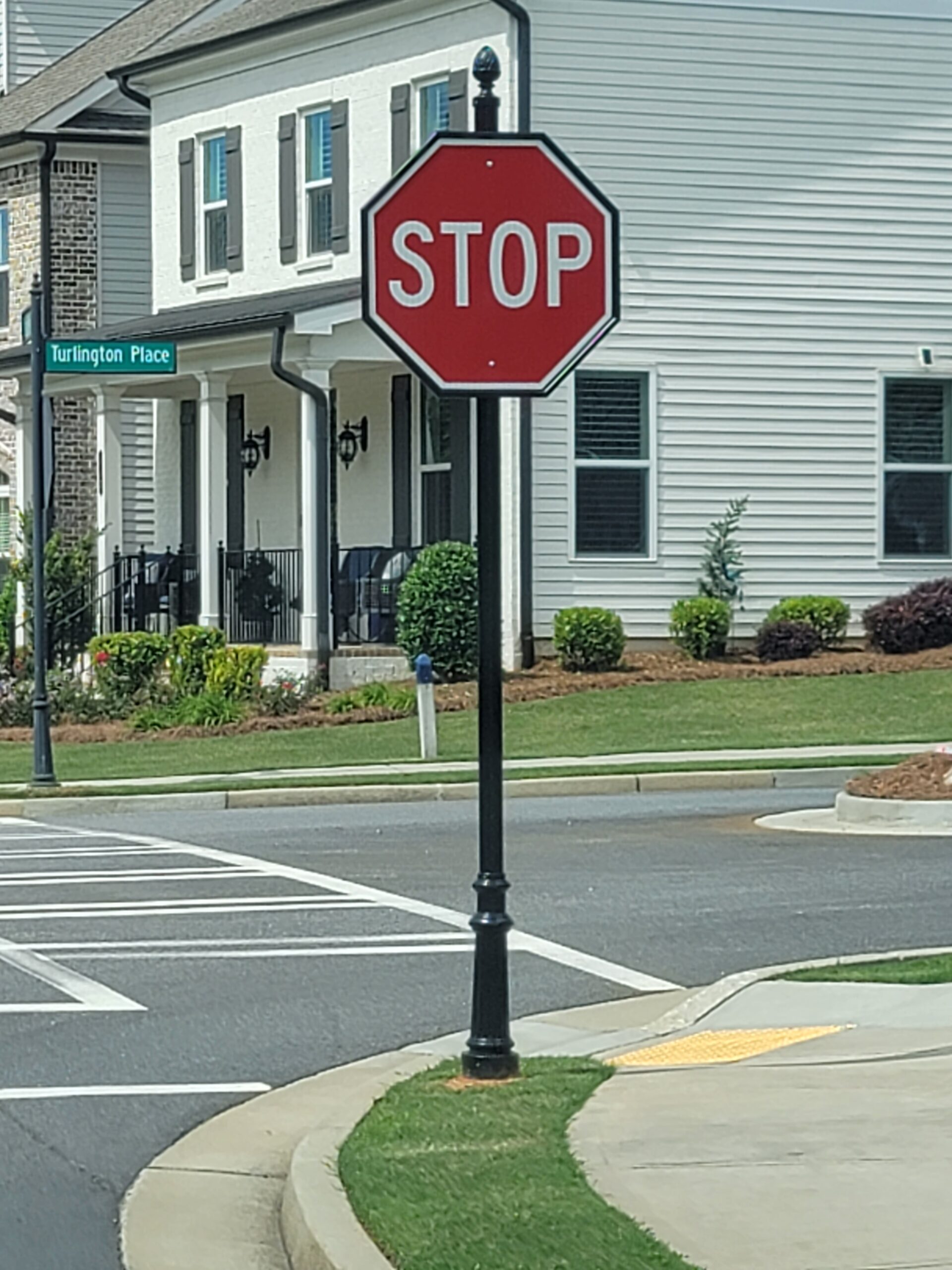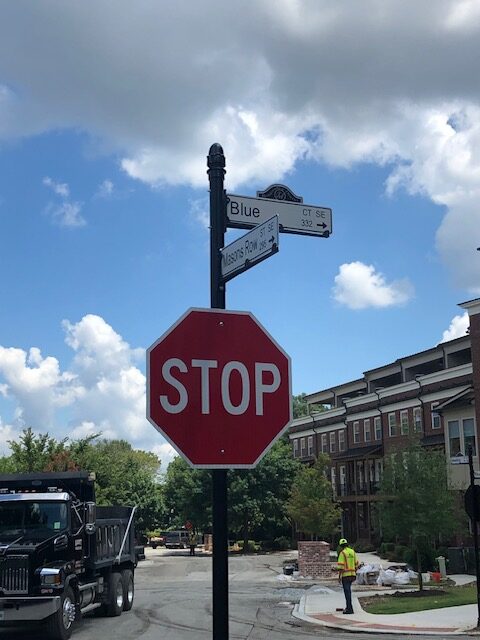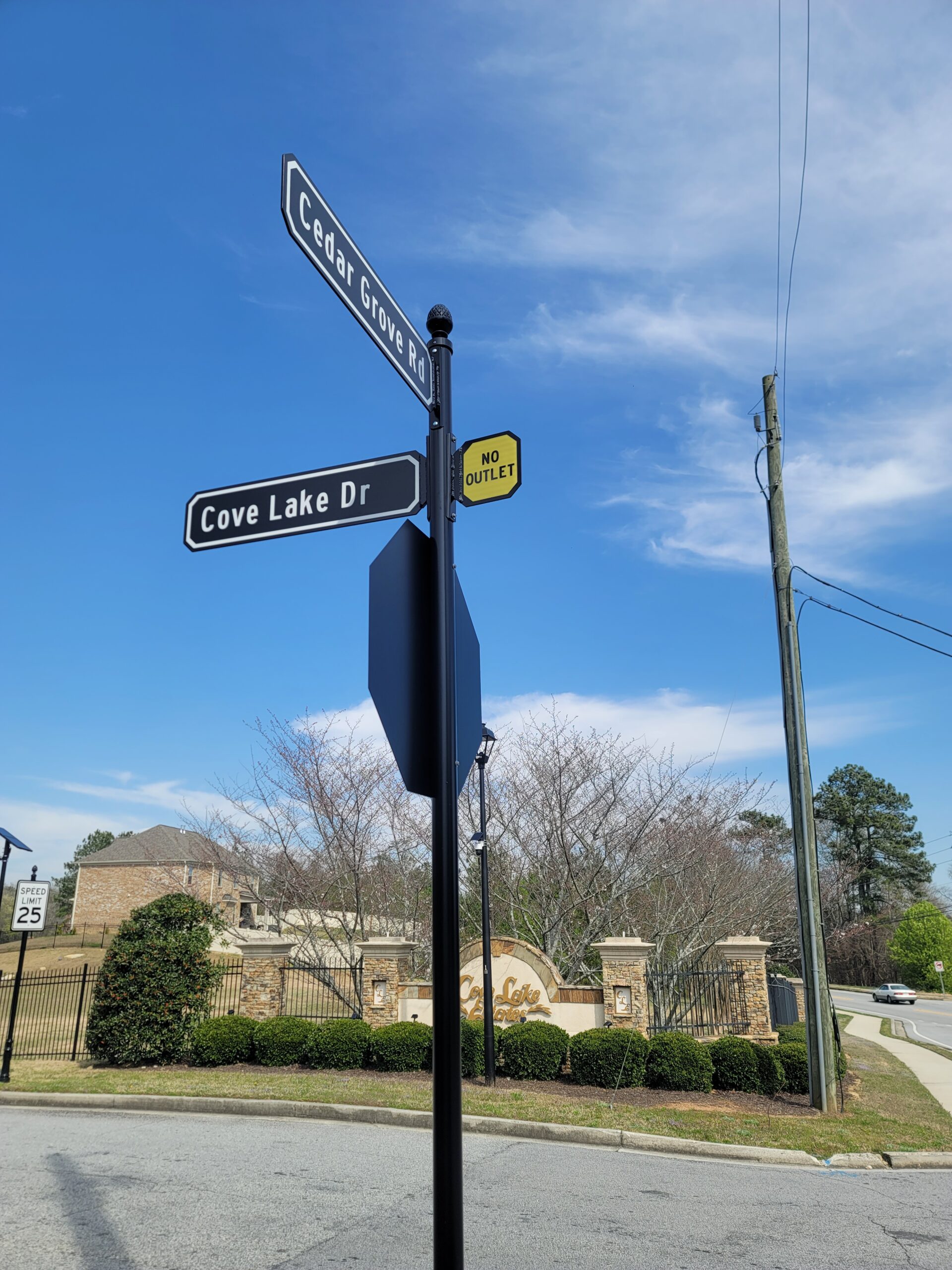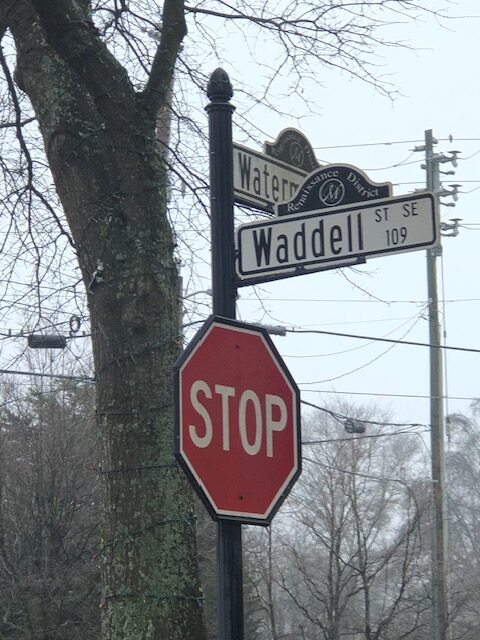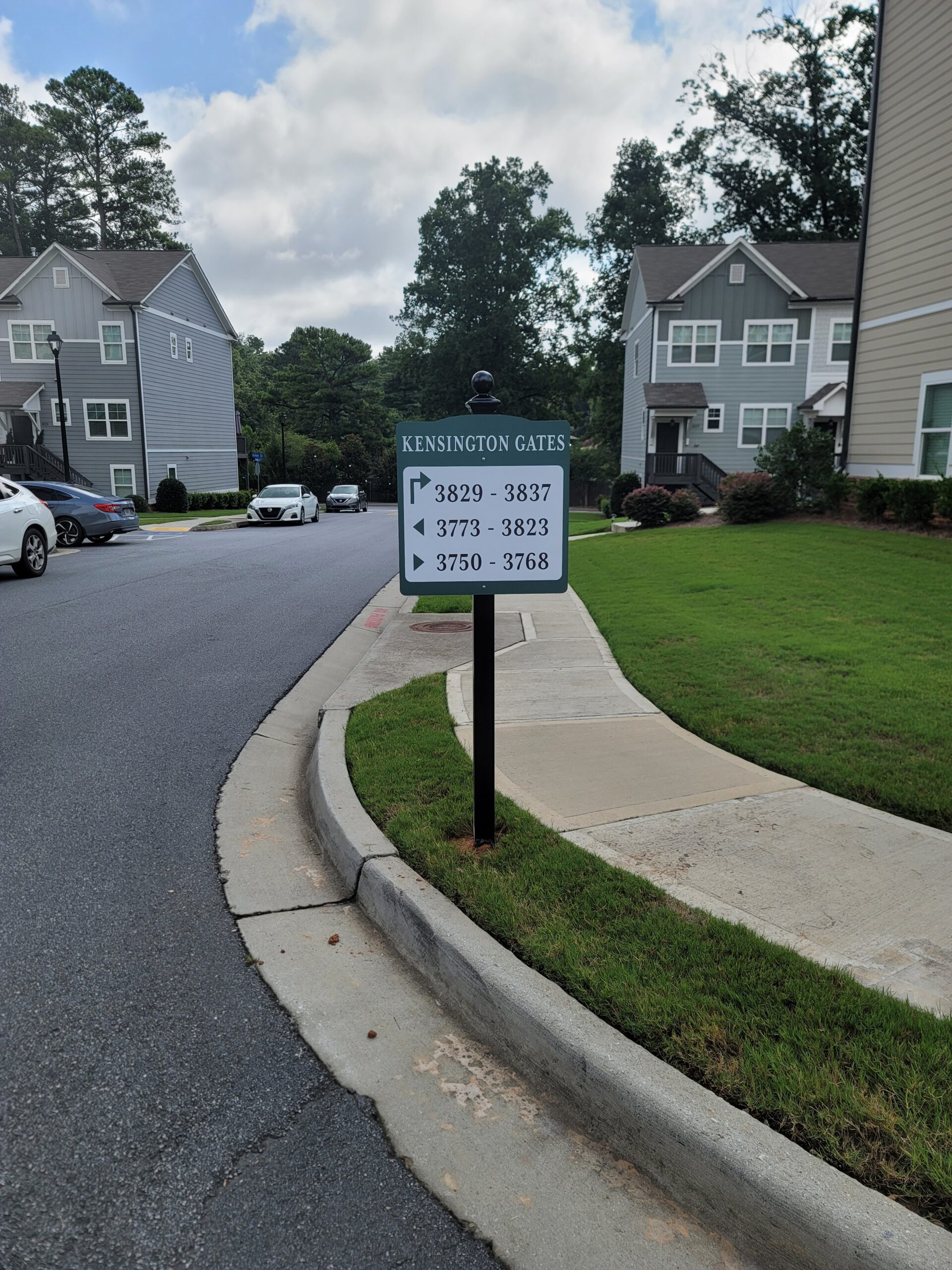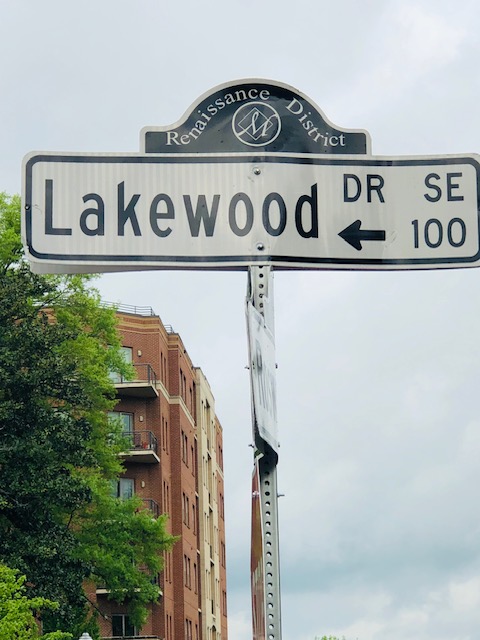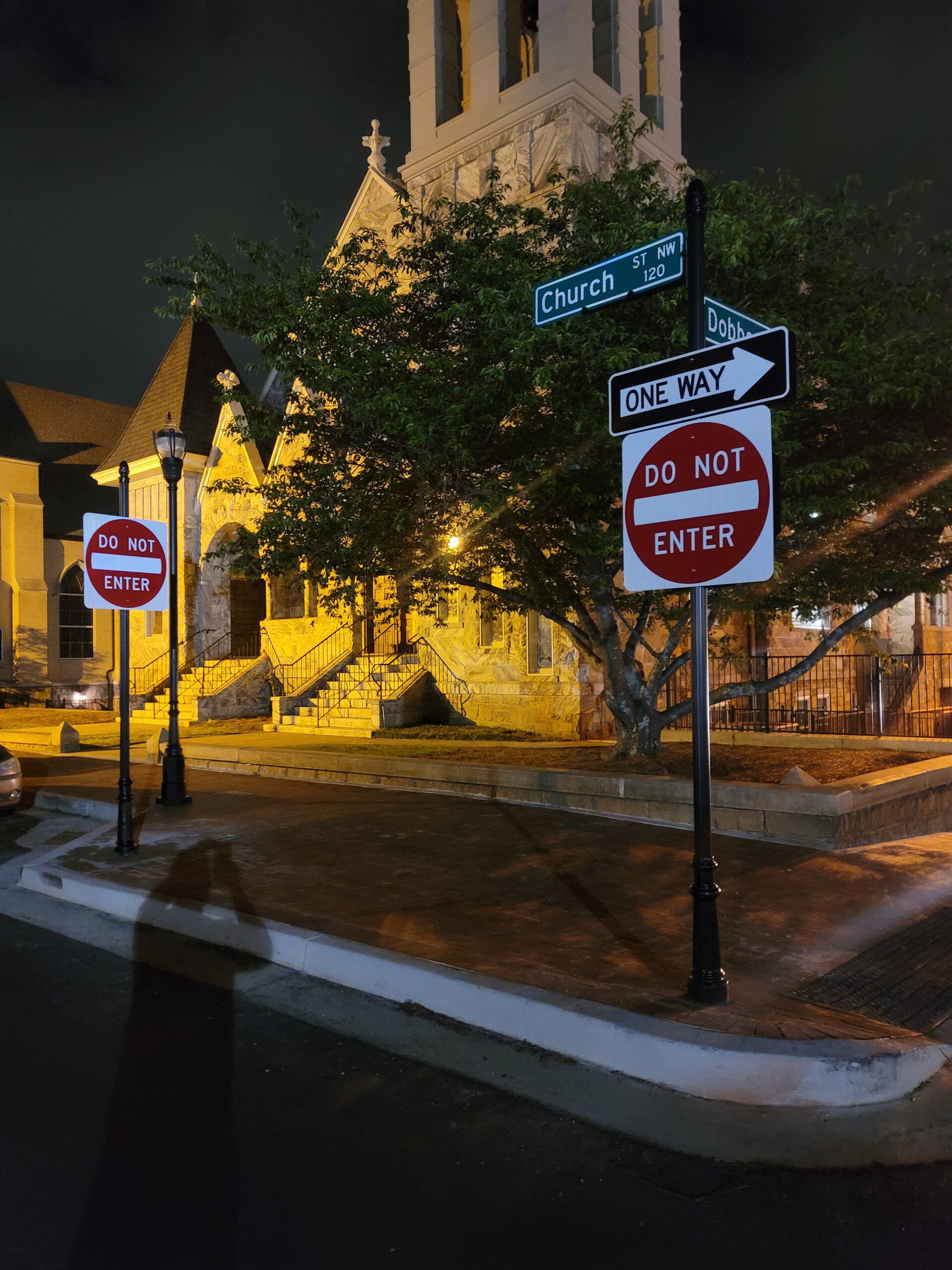Street Signs
Custom street signs are a great way to personalize a space, add humor or create a brand.
Custom Street Sign Types
Fully custom text, colors, fonts, graphics/images
Standard green street sign style or novelty designs (pink, black, brown)
Single or double sided
Reflective or non-reflective
Materials and Durability
Aluminum (0.040″ or 0.063″ thick) is durable, weatherproof and fade resistant
Reflective aluminum meets safety standards for high visibility
Corrugated plastic is a cheaper, lighter option for temporary use
Sizing and Customization
Standard sizes 5″x18″ and 6″x24″ but larger options available
Customize background, text, font style/size, upload graphics
Blank yellow signs allow full customization
Uses and Installation
For private communities, shopping centers to add ambiance
As novelty/gift signs for homes, offices, bedrooms
Installation kits with posts/brackets available
Easy DIY installation no professionals
So in summary custom street signs are endless for branding, humor or just to make spaces more unique and fun. Many durable weather resistant materials available
Custom Street Name Signs
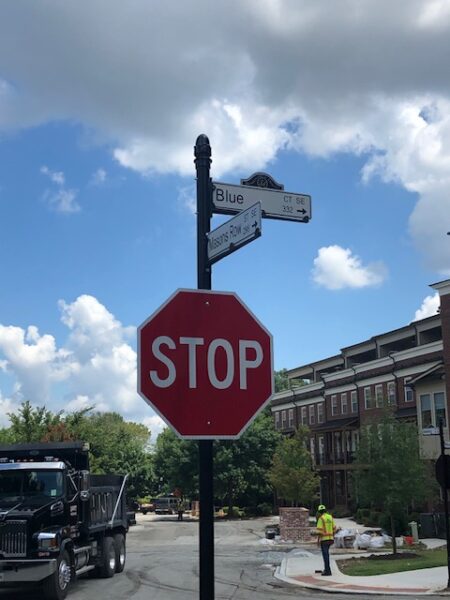
Many people like customizing road signs with different information such as official way post as well as creative tokens or attributes.
Key details are as follows about custom way signs that will be examined herein include;
Types and Materials:
Official street plates that are long lasting are often constructed from materials like aluminum which can be used outside.
Fun way billboards meant for indoors purposes are typically fashioned out of either metal or plastic.
Myriad choices exist when it comes to flat blade signs, extruded signs or double-sided signs.
Customization Options:
Choose the color that will suit your tastes or design preference for the backdrop (these colors could be greenish blueish brownish whitish)
Add suffixes to names or prefixes before initials while putting up readings such as street names (either on top lines or below them).
Some kinds could even allow additions of illustrations based on how they look like images or logos included at some instances.
It also involves selecting typeface styles as well as their respective dimensions.
Sizes: Common ones are 5″ x 18″, 6″ x 18″ or 6″ x 24″
Bigger dimensions cater for longer street titles.
Uses:
For municipalities or private communities where it is their official directional/informational posts
Office and home decorations including bedroom decoration are also some other ways for which we can use them even when one wants one inside his house
Gifts keepsakes
Pricing:
The cost may vary depending on the size among other factors that need to be considered
Large orders tend to enjoy quantity discounts
Production and Shipping:
Normally something like 3-5 days it can take before a custom street sign is produced
Always think about purpose (official versus ornamental), longevity specifications as well as local standards for road sign.
Types of Street Signs
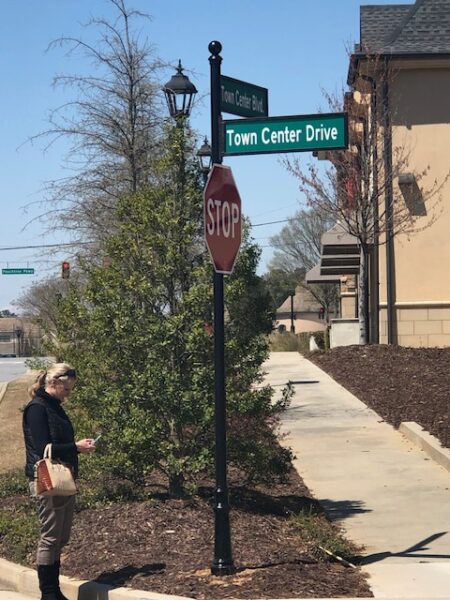
There are various kinds of street signs found in America:
Regulatory Signs
For instance, regulatory signs give guidelines to drivers, cyclists as well as pedestrians. The rectangular signs usually have black letters or symbols on white background
Signs examples are; Stop sign, yield sign, speed limit sign, no left turns sign, no trucks allowed sign, no parking signs and do not enter signs.
Some regulatory signs have unique shapes; the octagon stands for Stop sign while the inverted triangle indicates Yield sign. Red color is only confined to Stop signs, Yield signs and prohibition signs.
Warning signs
Warning signs announce to drivers unusual road conditions or hazards ahead. These are diamond-shaped boards while the background remains yellow with black prints (Pennine and Penny, 2007). Curve sign, Intersection sign, Merging Traffic sign and Signal Ahead signs are some of the examples given.
Guide Signs
Guide signs show destinations, directions or distance as the case may be. They are usually rectangular signs with green background on which white letters form message (Pennine and Penny, 2007). In this case Route markers, mile markers and exit signs are good examples. Information signs provide extra advice.
They are rectangular signs whose background colour is blue while the letters are white in color.
An example of such a sign can include rest area information which helps travelers identify such facilities nearby among others like camp sites and hospitals.
Symbols instead of words are increasingly used on signs that provide information quickly and overcome language barrier.
Installation Process for custom street signs
Creating personalized signs for streets has specific steps that are to be observed so that they can follow the rules of the area and ensure community safety.
Guide lines are as follows:
Preliminary Site Survey: Check for barriers; identify best viewing angles or land-forms. Look out for overhead cables or moving vehicles. Verify that local zoning requirements are met for all signs erected there.
Tool Preparation: Drill machine that is fully charged; diverse bits are included too such fasteners levels measure tapes and protective clothing Items that are specialized like bucket trucks are also required for high-rise signs
Sign Inspection: Inspect the sign for any damages or imperfections. Make sure that all parts are in some while checking especially for modular signs ALWAYS! It is parts test fitting electric; before installation .Accurate measurements Make sure that the exact location of the sign is known Take measurements and point out where screws/bolts should be fixed Directing means will be of assistance here
Secure Installation: For wall signs, drill where necessary and fasten the sign onto these places For freestanding signs on the ground dig holes which are deep enough then place upright posts ensuring they are level after which you should pour concrete around them to harden before attaching the panel.
Example of
our works
Our professional staff can help design your sign and help determine the material, size, color and location of your business sign based on the scope of your event or project. Most projects can be designed and produced within a week. More complex projects will require our expert advice and project management to meet completion deadlines.
Frequently Asked
Questions
What is the most common street sign
The most common road sign in the USA is Stop sign.
Stop signs are octagonal and red, requiring drivers to halt at all times before moving on, thus being the most significant symbol that averts accidents at intersections where there might be crossing traffic among other locations.
Yield signs Yield signs require drivers to decrease speed and yield to other traffic
Speed limit signs which show the highest speed that can be safely maintained on that particular road
One-way signs are put on roads to indicate that traffic can only flow in one path
Pedestrian crossing signs inform the driver to be on the lookout for people crossing the
Overall, therefore, the universally known red octagon shaped stop sign is used as the most relevant traffic sign found in all roads of the United States of America, thus preventing crashes between vehicles by controlling their movements through it.
How many different street signs are there in the US
The United States have more than 500 federally approved traffic signs and placards that motorists uses to communicate to one another as per search results but it is hard to determine the exact number due to their magnitude; with figures showing that there were approximately 40 million road signs that have been installed across its 4.12 million miles of roadway roughly 10 per mile.
These come in various types such as:
Regulatory signs which include: Stop, Yield, Speed limit signs among others; Warning signs like:
Playground ahead, Speed bump ahead etc., which alerts drivers about eminent dangers; Guide/informational signs like mile markers, highway exits or destinations; and Service/recreation signs such as those used for amenities or tourist sites among others.
The signs are designed using standardized colors, shapes and symbols from the Manual on Uniform Traffic Control Devices (MUTCD) so they can be easily recognized by drivers at a glance .
For instance, it would be easy to tell that octagon signs mean stop while triangle symbols signify yielding and diamonds denote caution.
In conclusion, we can’t give an exact count but tens of millions of signs have been erected across the country under more than 500 federally approved traffic signs and placards
What color are most street signs
In the United States, most street signs are of green and white. Green color is used for guide signs that are meant to give direction to the drivers e.g. exit signs on highways or street name signs. The green/white colour scheme was found to be the most effective in making people aware of signage, especially on highways.
Other common street sign colors and their meanings include:
Red: This is used for stop, yield and prohibition signs that require immediate action from drivers
Yellow: This is used for warning signs that inform drivers of unexpected conditions or hazards.
Orange: This is used for temporary traffic control signs in construction zones or other work areas
White: This is used for regulatory signs that indicate posted regulations like speed limits and one-way streets
Blue: This is used for signs that provide information about services for road users such as gas stations, restaurants and rest areas
Brown: These are signs that indicate recreational or cultural interest areas like parks, historic sites and museums
The colors and shapes of street signs are standardized by law in the Manual on Uniform Traffic Control Devices (MUTCD). It aims to maintain consistency of these signs all over U.S. to ensure safety for drivers
What are blue street signs in USA
In the United States, blue street signs usually mean:
Private roads or lanes that have no municipal council or county authorities. Blue color allows a quick reference for those who need to maintain them.
Street names for highway access/exit points for motorists, route markers and other guidance signs.
Motorist services and recreation e.g., gas stations, hospitals, parks and camping places.
Emergency alerts and evacuation routes.
For example, both New York City and Los Angeles have traditionally employed blue street signs whereas this is not the case according to the Manual on Uniform Traffic Control Devices (MUTCD).
Across various parts of US there is no uniformity in using blue on road signs, although the general convention is as suggested by MUTCD.

